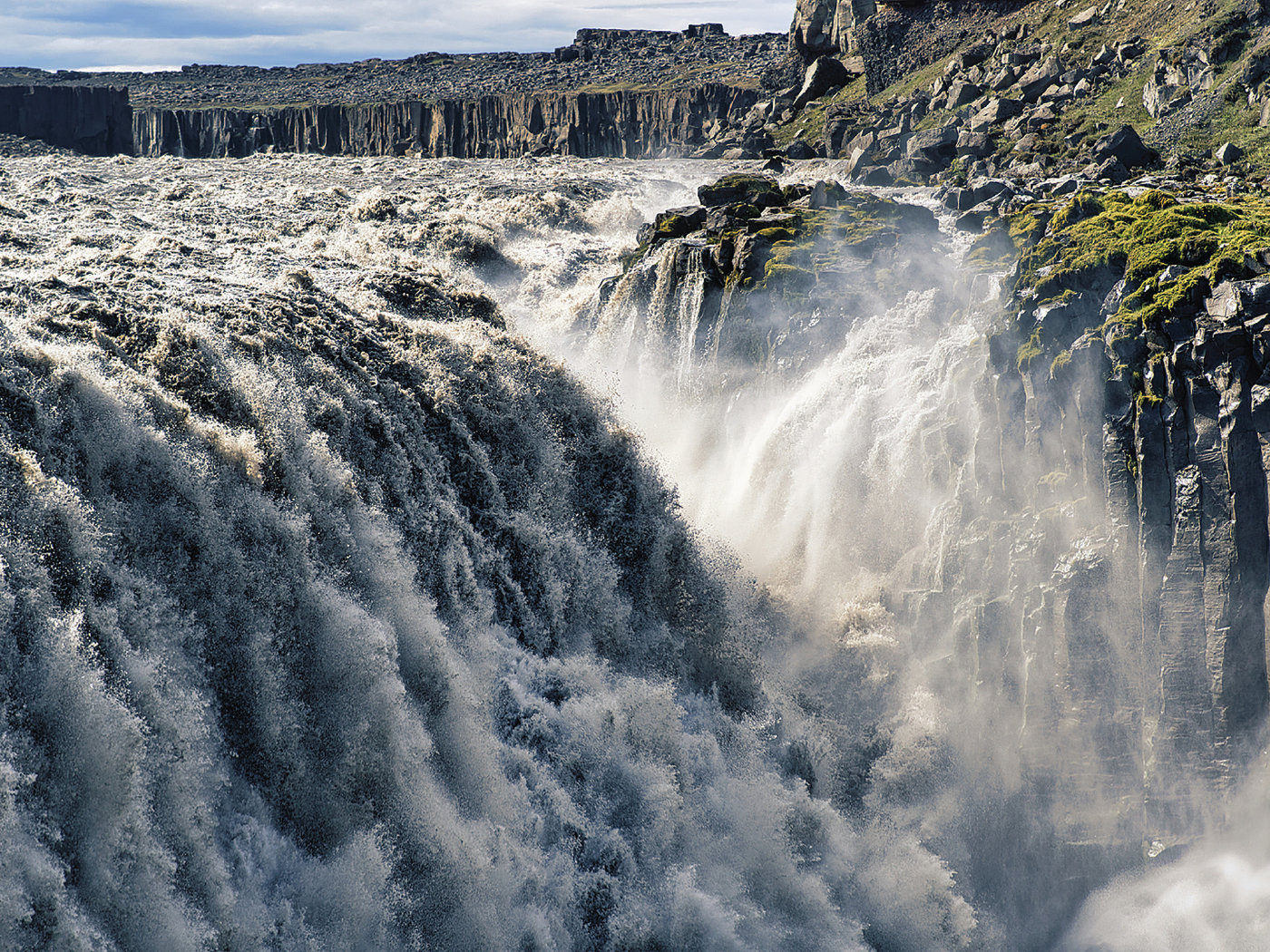Red flags traditionally act as warning signals. In this case of a surprising rock discovery in West Virginia the flag is black rather than red, but the results are the same. Geologist Callan Bentley recently blogged about another problem with the uniformitarian model.1 As he and Alan Pitts examined the Hampshire Formation in eastern West Virginia, they came across an unexpected phenomenon: a 16-foot black shale and lime layer. The problem? This new layer is sandwiched smack-dab within a 2000-foot-thick pile of red-rock strata that has been labeled by secularists as continental river, delta, and floodplain deposits.
The finding bewildered the researchers. On closer examination, they found brachiopod (lamp shell) and gastropod (snail) fossils indicative of an ocean source. What they thought was a thick pile of exclusively land-derived sediments turned out to contain concrete evidence of ocean-derived sediments. Bentley wrote, "Wow—this surprised us. Neither of us thought the Hampshire Formation had any marine strata within it."1
And the black color was also baffling. Uniformitarian theories usually interpret dark-gray and black sediments as having formed in a restricted marine environment with an abundance of preserved organic material and, therefore, low oxygen levels.2
Bentley arrived at two possible conclusions. Either they misidentified the rocks as being part of the Hampshire Formation, or this was a discovery of "a new marine portion of a previously-thought-to-be- terrestrial-only geologic unit."1
If the latter conclusion is true, according to Bentley this ocean-derived layer "seems to have come on pretty suddenly," appearing abruptly and disappearing upward just as fast.1
If the former conclusion is the best explanation and this rock bed comprises a different formation, it still doesn't eliminate the problem of discovering a marine deposit embedded within a unit traditionally interpreted as terrestrial. Secularists nearly always considered beds surrounding abundant black shale as non-marine deposits.2
Something is definitely wrong with the uniformitarian story—why else would scientists be so surprised by the black rock and marine fossils? Could it be that all these strata—the red and black rocks—are deposits from the great Flood? This interpretation eliminates the mystery of how marine fossils are found sandwiched in between red sands and shale. It also solves the mystery of the black, organic-rich shale.
Rapid deposition during the Flood would have preserved ample organic material to give a black coloration to the rocks. There is no need to call on special, restricted, low-oxygen conditions to explain the dark color. Organic debris was merely buried within the Flood sediments along with the fossil shelled animals.
A Flood origin for the sediments accounts for the rock types we observe much better than secular models. Creationists don't have to fabricate tales of the sea level rising and then draining off the land suddenly, over and over. We just recognize it happened once, in a catastrophic way, about 4,500 years ago.
References
- Bentley, C. A marine incursion in the Hampshire Formation? Mountain Beltway blog. Posted on blogs.agu.org February 17, 2014, accessed March 12, 2014, emphasis in original.
- Boggs, S., Jr. 2006. Principles of Sedimentology and Stratigraphy, 4th ed. Upper Saddle River, NJ: Pearson/Prentice Hall.
Image credit: Copyright © 2014 American Geophysical Union. Adapted for use in accordance with federal copyright (fair use doctrine) law. Usage by ICR does not imply endorsement of copyright holders.
*Dr. Clarey is Research Associate at the Institute for Creation Research and received his Ph.D. in geology from Western Michigan University.
Article posted on March 12, 2014.












